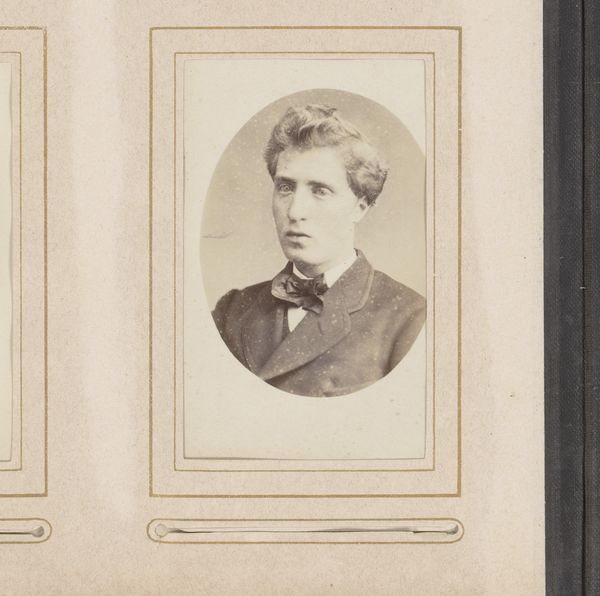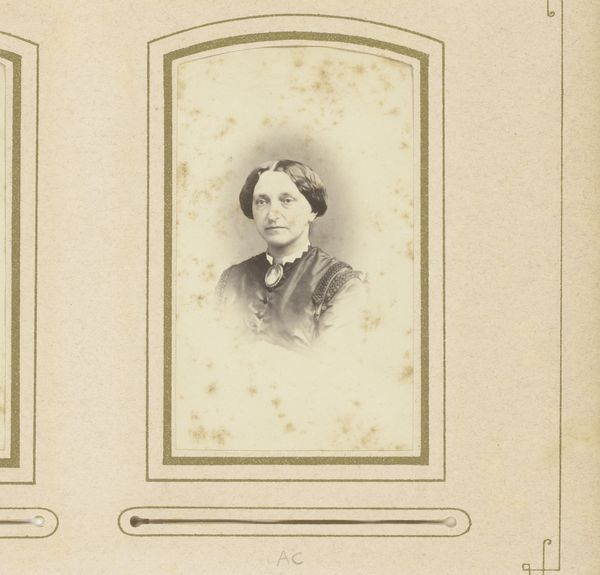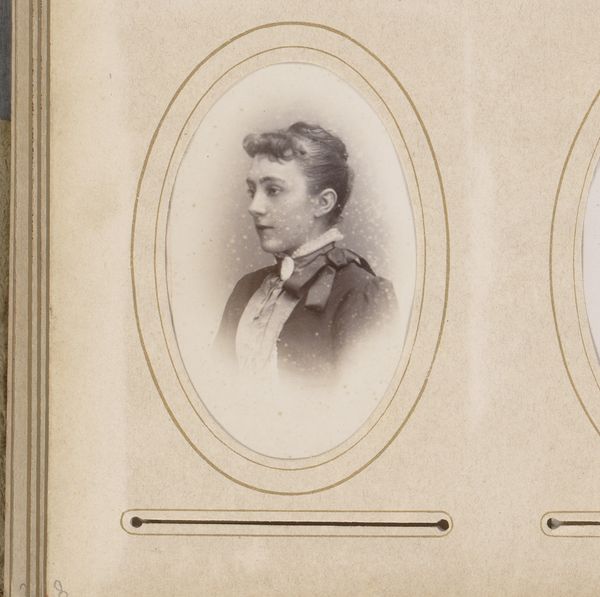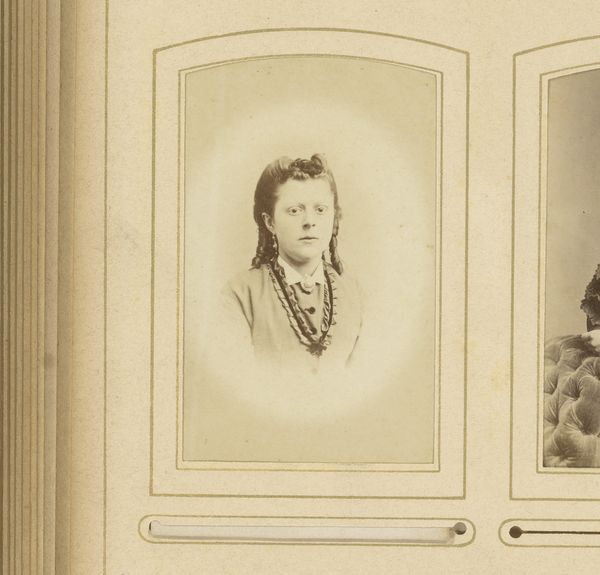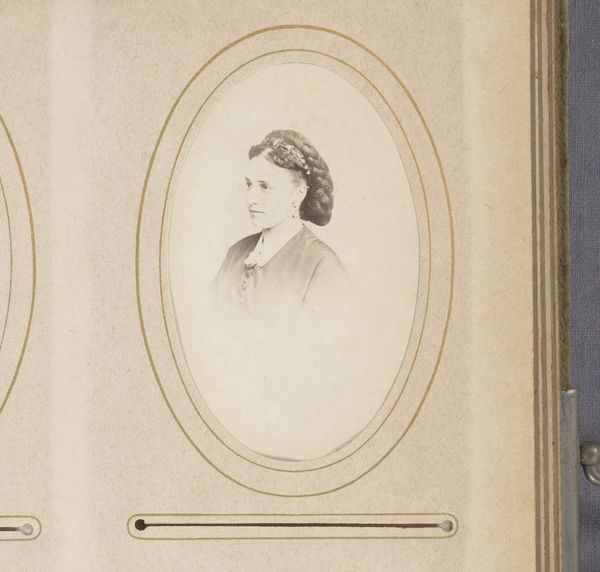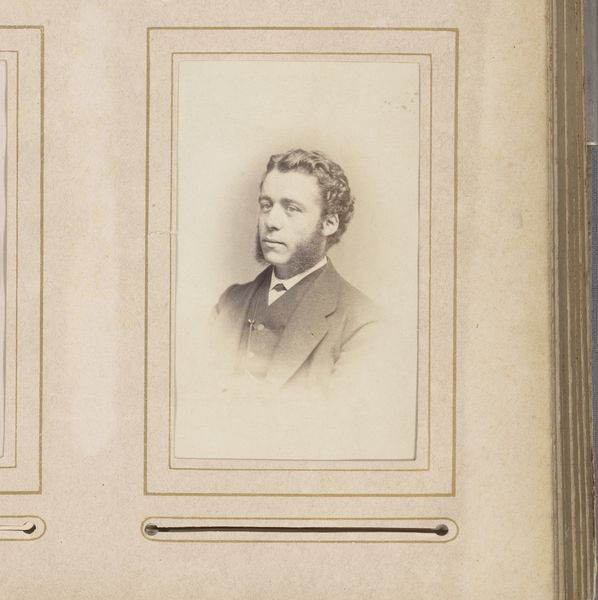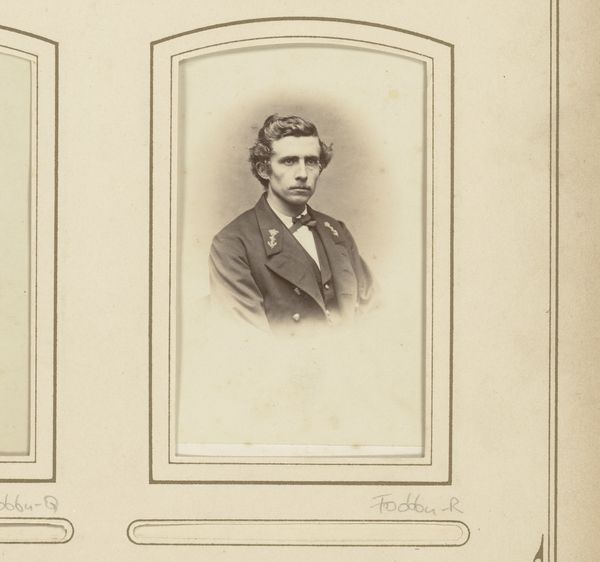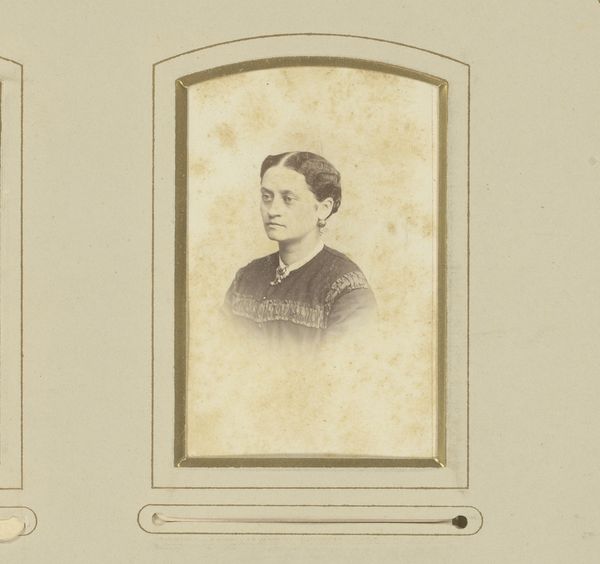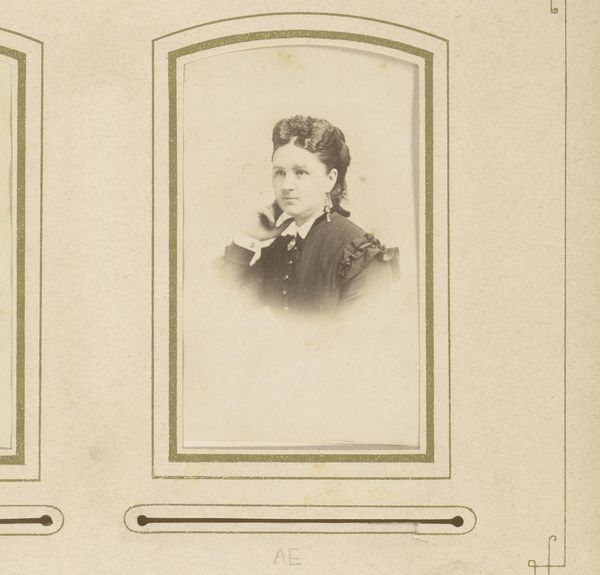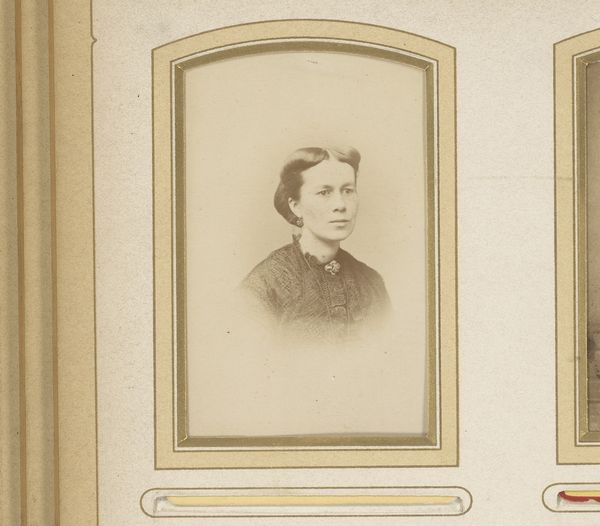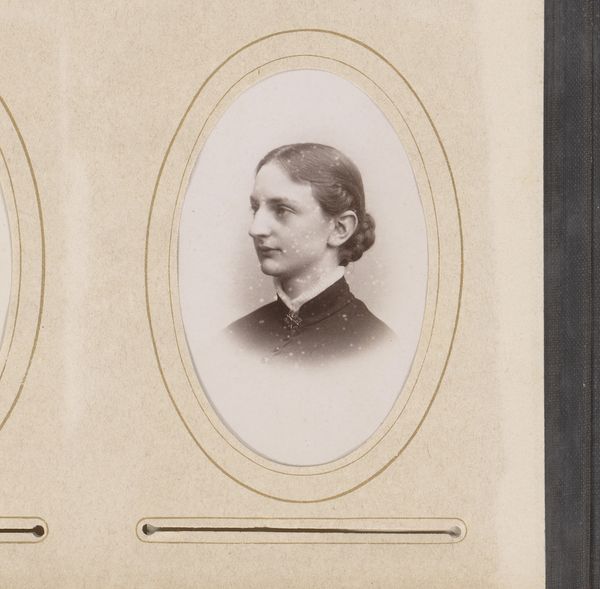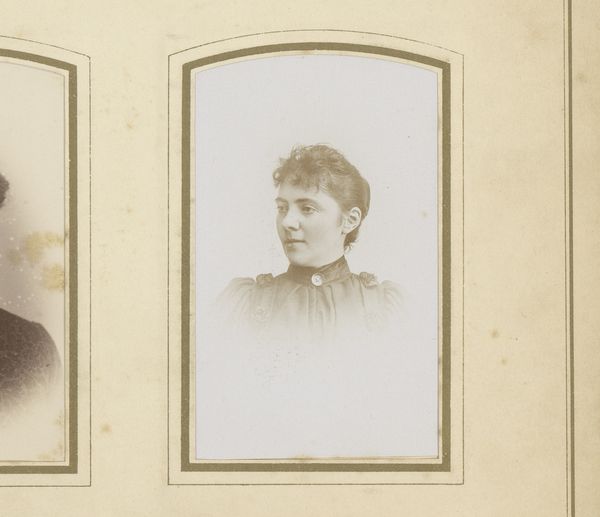
photography
#
portrait
#
photography
#
19th century
#
portrait drawing
Dimensions: height 83 mm, width 50 mm
Copyright: Rijks Museum: Open Domain
Editor: Here we have "Portrait of a Man," taken sometime between 1861 and 1874, attributed to Albert Greiner. It’s a photograph, but it has a really soft, almost dreamlike quality to it. I'm curious, what’s the story this portrait tells from a historical perspective? Curator: The softness you noted is very typical of photography of the time, especially portraits made for private consumption, or as carte-de-visite to be shared among families and friends. But it's not just a matter of technical limitation; this aesthetic contributed to the social construction of memory. Who got to be represented? Think about access to photography studios during this period. Editor: Right, it probably wasn’t cheap or accessible to everyone. So, this image speaks to class, doesn’t it? The sitter seems like someone of at least middle-class standing, given his clothes and the simple fact he's able to afford to sit for a portrait. Curator: Exactly. Consider what it meant to control one's image and how it was circulated within a specific social circle. The stiff pose, the man's attire - everything plays a part in conveying a specific message about his identity and social standing. Did Greiner aim for a certain status or sentiment for the bourgeois family albums? Editor: So it's about carefully constructing and conveying identity within a specific social context? I never thought about portraiture as an exercise in political imaging before, even personal photos! Curator: Precisely. And thinking about how these images were preserved and displayed can reveal so much about the values and priorities of the society at the time. Photography becomes more than just documentation; it becomes a powerful tool. Editor: Wow, I’ll definitely look at nineteenth-century portraiture with a whole new perspective from now on. Curator: I'm glad to hear it. Looking at art through this lens, understanding how art-making is linked to the real lives of people is very enriching.
Comments
No comments
Be the first to comment and join the conversation on the ultimate creative platform.
